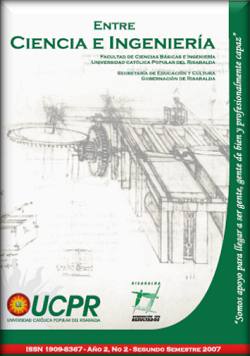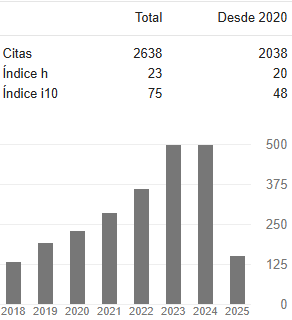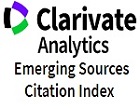We grow in science: physics for children
DOI:
https://doi.org/10.31908/19098367.827Keywords:
Scientific concepts ( matter, weight, time, space, speed, length, and size ). Methodological proposal, simple experiences, hypothesis formulation, pre concepts, ludic and creativity.Abstract
The human being in his process of integral formation must adapt critically to the cultural creations and the social contexts: science, technology, technique, by means of a good education process.
Currently the schools should include in their PEl, the curricular guidelines defined by MEN for the natural sciences area (biology, physics, chemistry) from the zero to the eleven grade. The authors present a methodological proposal to the teachers involved in the initial education to initiate kids in the construction of scientific concepts starting from the basic concepts of experimental physics, supported by four axes: 1) prevail the processes over the contents, 2) the importance of the experiences, 3) generate the unbalances, 4) the socio-cultural environment.
The proposal is supported in the theoretical foundations of vigotsky, piaget, ausubel and G. briones, as it is also supported in the contributions of scientists like Dr. Rodolfo Ilinas and the astrophysical Carl sagan, regarding to stimulate the curiosity of the child for knowing and discovering the world.
Downloads
References
DELORS, Jacques. Presidente de la comisión. Informe a la UNESCO de la comisión internacional sobre educción para el siglo XXI. 1996. Ediciones UNESCO. Compendio. Pág. 16
LOVELL, K. Formación de conceptos básicos matemáticos y científicos en los niños. 1982. Pág. 96
PEREZ Abril,. Mauricio. Baúl de Jaibaná. Revista Alegría de Enseñar. 1998. Pág. 65
VIGOTSKY, Levs. Pensamiento y Lenguaje. Ediciones Fausto. 1995. Pág. 85
LLINÁS, Rodolfo. Director del Departamento de Neurología de la Universidad Central de Nueva York. Conferencia dictada en el Museo de los niños. Enero 1997
LLINÁS, Rodolfo. Vía INTERNET nosotros le consultamos su opinión respecto al tema que estamos trabajando y en estos términos recibimos su respuesta.
GONZÁLEZ CH, Guiomar. Proyecto “Quienes Somos”. Primer Encuentro Nacional de Socialización de Experiencias. Programa Grado Cero, Ministerio de Educación Nacional. Santa Fe de Bogotá. 1996.
LLINÁS, Rodolfo. Conferencia dictada en el museo de los niños. Santa fe de Bogotá. Enero 1997
ISABEL SOLE I GALLART. ¿Se puede enseñar lo que se ha de construir? Cuadernos de Pedagogía No.188 Editorial Fontalbo S.A. Barcelona. España. 1991
SERWAY, R. Física. Tomo. Cuarta Edición. Editorial Mc Graw Hill. México 1997. Pág. 114
Downloads
Published
Issue
Section
License
Copyright (c) 2019 Entre ciencia e ingeniería

This work is licensed under a Creative Commons Attribution-NonCommercial 4.0 International License.



















